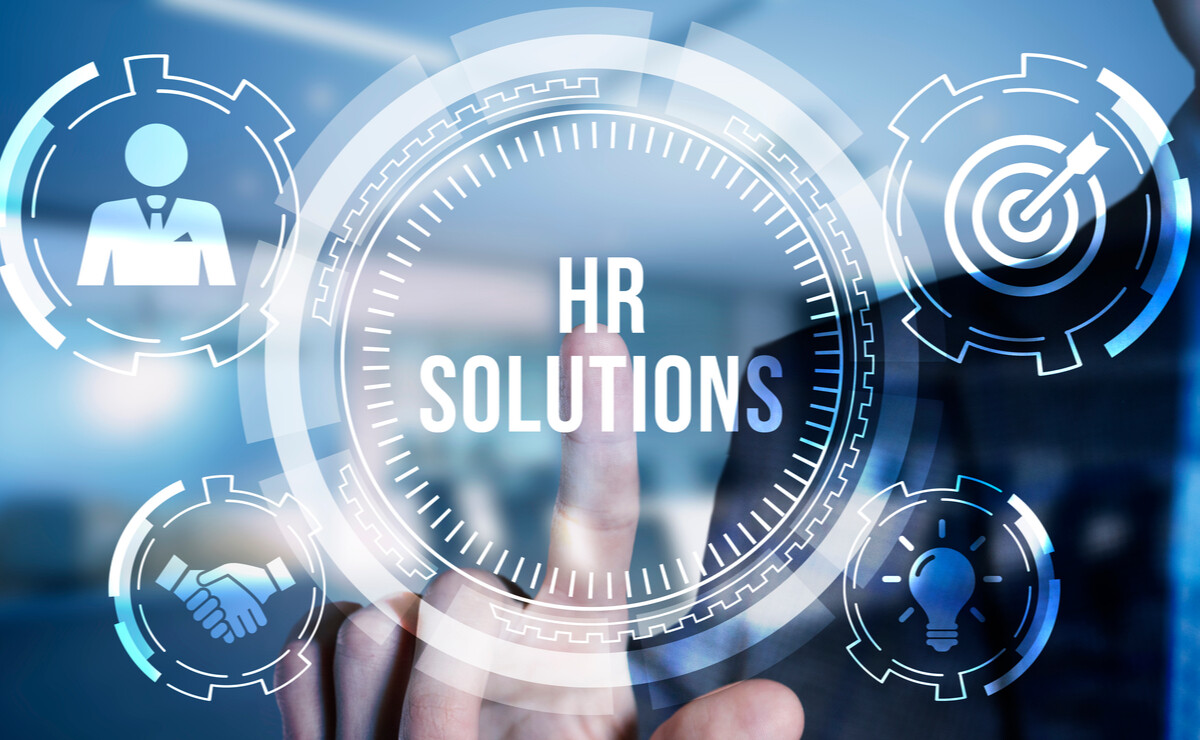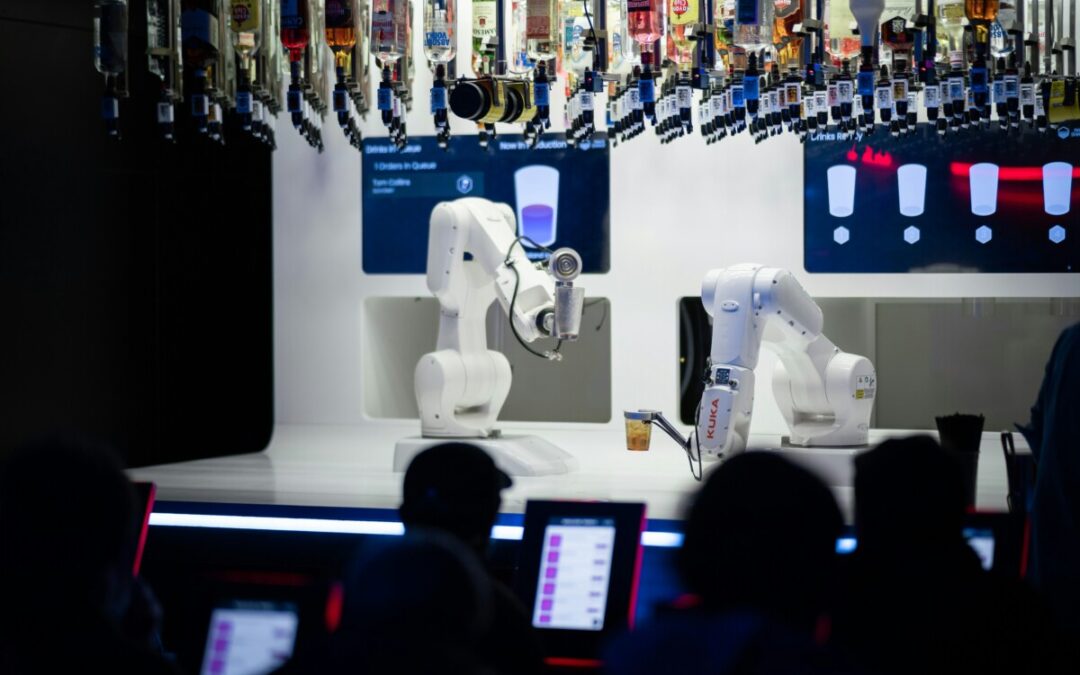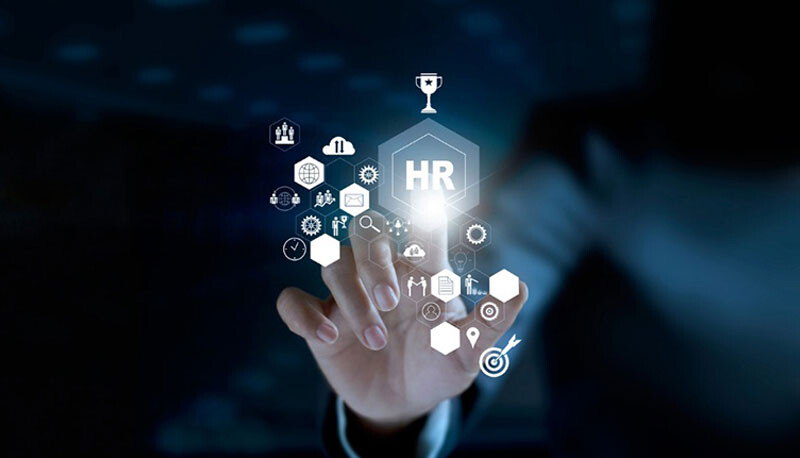Every employee’s first interaction with a prospective employer is with the HR department. HR—or human resources begins their interaction by sourcing candidates, reviewing their applications, and then forwarding shortlisted candidates to the appropriate teams for selection. Once the candidate is finalized, the HR department begins sending employment offers and welcoming the employee into the organization. However, all this transforms into a mountain of paperwork and loads of manual, repetitive, redundant work that is extremely time-consuming and labour-intensive.
Technology and HR intelligence
Most organizations do not think about HR processes when they work towards a digital transformation. Due to this reason, HR teams often work with highly manual archaic processes that often cause procedural delays in hiring, appraisals, payroll, retiring and relieving. Modern technologies such as AI, ML, IDP and RPA can help HR teams reduce manual efforts and time taken to complete H2R or hire-to-retire processes.
Helping a mid-sized organization improve HR processes
We were approached by a mid-sized organization (name withheld for privacy) to help them improve their HR processes. Our project engineers got to the task of understanding how we could help them transform their HR department into an iHR or intelligent HR department. Here are the top problems we found:

- Finding new candidates
As the organization relied on ads to find the best candidate, they had to sort through dozens—and in some cases even hundreds of resumes which took days. Additionally, the team spent hours on the phone to get basic information from the candidates, resulting in hundreds of person-hours spent on redundant tasks.
- Referral, background verification and recruitment
Background verification and referral checks were performed manually and sometimes involved sending repeated reminders to organizations leading to delays in recruitment.
- Offer letters
HR teams created individual offer letters for each candidate. The team relied on excel sheets to determine the best possible offers and salaries to provide an individualized offer letter. Furthermore, there was no metric to predict whether a candidate would join.
- Onboarding
The onboarding process was also extremely manual, including creating an email address, ID card, collecting documents, KYC forms, tax forms, salary slips from previous employers, etc. Additionally, the employee onboarding package also included the allocation of seat numbers, company overview and information, and contacts within the organization. The final induction process for each employee took an additional two hours from the trainer and the trainee’s day, leading to some employees delaying the induction until they had a free slot—which could run into weeks in the case of year-end or financial year-closure activities.
- Management of learning, performance, travel, expense, and PTO
HR computed both paid and unpaid leaves manually, often resulting in operator error. The appraisal process was also manual, with no set metrics, making it biased and subjective. Travel and expense management, too, was a document-heavy manual process that ran into days for small reimbursements.
- Payroll, time & attendance
Employee attendance was computed manually due to aspects such as PTO and expenses being added manually to the system. This was a highly error-prone activity and resulted in employee dissatisfaction.
- Employee engagement and development
Employee engagement and learning activities were repetitive and time-consuming, resulting in employees skipping these activities altogether.
Our solution
Our project managers got on the job immediately to gather detailed requirements from various teams in the organization. We evaluated existing HRMS solutions and found that as our clients’ needs were unique, they needed a custom solution to help them transform from a manual to a wholly automated intelligent HR solution.
Here’s how we began to transform their HR management practices:

- Candidate sourcing
We implemented RPA to gather and screen resumes and online application forms, perform background checks and compare existing resumes with job requisitions. This reduced the overall time taken for shortlisting candidates from 3 weeks to less than a day! Additionally, candidate shortlisting, interview notifications, feedback and rejections were based on predefined rules with no manual intervention required. Our specialized AI engine helped candidates notify candidates about the requirement automatically and used a digital assistant to answer redundant questions and free up the team’s time. Hiring managers had all the information about the candidate so that face-to-face interviews occurred seamlessly.
- Referral, background verification and recruitment
Our HRMS platform used a gamified engine that combined NLP (natural language processing) and AI to screen candidates and used analytics to assess soft skills and personality traits—resulting in reduced bias and other employee characteristics. We used IDP and OCR to screen physical documents and gather data to populate our employee database. Our reference check engine uses AI to check references, send reminders to referees and automatically flag potentially fraudulent activities.
- Offer letters
We used AI to help the organization make better hiring decisions by comparing candidates to top performers in the company and creating individualized offer letters that used real-world market data to offer a competitive salary. Additionally, the offer letter was fully compliant and helped HR to concentrate on strategy-making instead of typing out letters.
- Onboarding
We used RPA to trigger predefined employee onboarding workflows right after account creation. Rule-based profile management created logins, controlled access and sent out onboarding documents as a final step of the recruitment process, reducing HR department workload by up to 90% and enabling 24×7 onboarding—previously considered impossible due to time zone constraints. Our automated induction system included access to the LMS, ensuring that repetitive induction items such as company introduction videos and presentations were set up as automated step-by-step processes. This helped the new employee accustom himself to the organization and reduce the time taken to get productive.
- Management of learning, performance, travel, expense, and PTO
Leaves, reimbursements, approvals, and travel expenses are now calculated through an online system that helps employees upload bills and get them approved in real-time through rule-based approvals rather than wait for managers to approve them. This has reduced the administrative workload of managers by up to 80%. They now only spend time analyzing and approving expenses exceeding the budget allocated to the employee.
- Payroll, Time & attendance
Our IoT-driven intelligent time and attendance system automatically encompasses time spent working at home, and in the office, and manages attendance effectively to ensure that payroll is managed on time, every time.
- Employee engagement and development
The LMS system was gamified to ensure that employees got smart nudges that helped them complete required training on time and only required managers to spend time in personalized coaching that they could not automate. This helped employees to balance career development and workload – resulting in a healthier work environment for everyone.
The result

After the first two months, we received numerous new requests from the client and loads of positive feedback that helped us successfully begin developing V2 for this project. The final status report from the client showcased a company-wide saving of over 50 working days per annum per employee, which helped them realize that a combination of RPA, IDP, AI and ML can work wonders for any organization if implemented effectively. The HR department has reported aggregate time savings of over 70% and expects to reduce the time spent on HR activities by an additional 15% by the end of the year.
Final thoughts
AI, ML, RPA and IDP are not just buzzwords. If implemented well, these technologies can help save time, money and effort—helping to free up employee time, boost employee satisfaction, hire better and ensure compliance at all times. At Clavis technologies, we understand your need to be a leaner, greener workplace. Our intelligent solutions can help you improve employee satisfaction rates, enhance investor confidence and ensure that you’re ready to take on the problems of tomorrow, today. Contact us to know more about how we can help you in your digital transformation journey with minimal disruption.
Some other posts you might be interested in.

AI + RPA: The Ultimate Duo to Scale Your Business Faster and Smarter
Scaling a business isn’t just about doing more—it’s about doing more intelligently. As digital transformation redefines the modern enterprise, two technologies have emerged as transformative powerhouses: Artificial Intelligence (AI) and Robotic Process Automation...

Effortless and Effective Digital Signage for Every Organization with Clavisign
Explore how digital signage from Clavisign is transforming business communication and engagement.

15 Applications of Blockchain in Healthcare
"Blockchain" refers to a shared irreversible record of a chain of transactions, each of which is made up of one block, and which is held together by cryptographic keys ("hashes"). These keys or signatures are maintained in shared ledgers and connected by a network of...
